Introduction
Autism Spectrum Disorder (ASD) presents a unique set of challenges and opportunities for individuals, families, and communities. As awareness grows, so does the understanding that autism is not a one-size-fits-all condition; it encompasses a diverse range of abilities and needs. From recognizing early signs to navigating the myriad of resources available, parents and advocates play a crucial role in supporting those on the spectrum.
This article delves into the fundamentals of autism, the importance of early intervention, and how advocacy can pave the way for a more inclusive society. By equipping families with knowledge and tools, it becomes possible to foster understanding and create environments where every individual can thrive.
Understanding the Basics of Autism
Autism Spectrum Disorder (ASD) is a developmental disorder that affects communication, behavior, and social interaction. It appears differently in each person, leading to a wide range of abilities and challenges. Comprehending the fundamentals of this condition involves acknowledging that it is a spectrum, indicating some individuals may need more assistance than others. Early intervention and customized assistance can significantly enhance outcomes, making it essential for families to engage with the available resources and strategies.
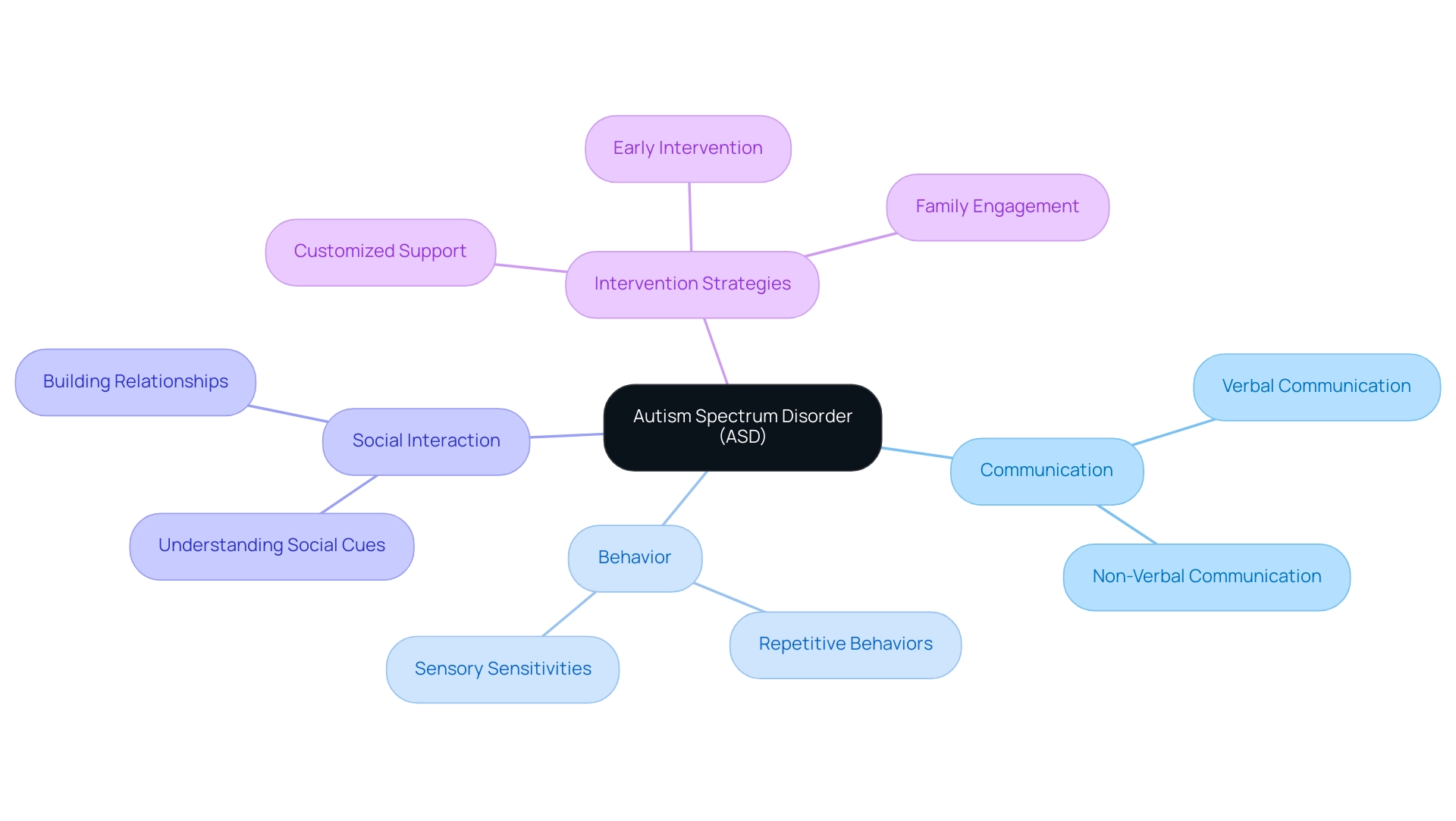
Recognizing the Signs of Autism
Common signs of the condition may include challenges with social interactions, difficulties in communication, and repetitive behaviors. For instance, a child may struggle to make eye contact, have limited verbal language, or engage in repetitive movements such as hand-flapping. Parents and advocates should observe these behaviors and consult with professionals if they have concerns. Early diagnosis can lead to effective interventions that assist development and learning.
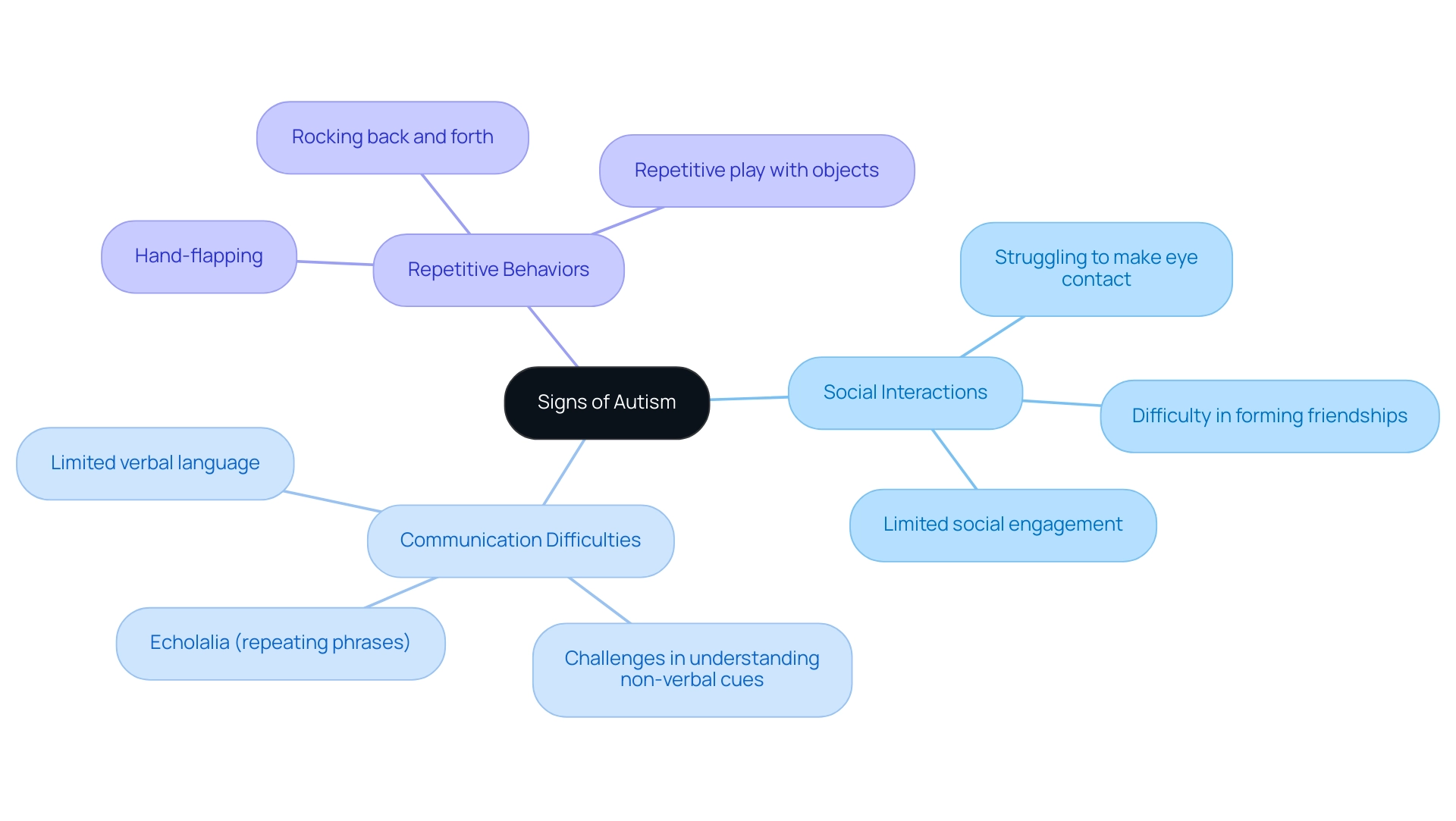
Navigating Resources and Support for the Autism Community
Families can access a variety of resources, including local service providers, support groups, and community events. Websites such as Autism Speaks and local support organizations provide listings to assist households in locating services in their region. Additionally, consider contacting schools and therapists who focus on developmental disorders for recommendations. Engaging with the community not only provides resources but also fosters connections with other families facing similar challenges.
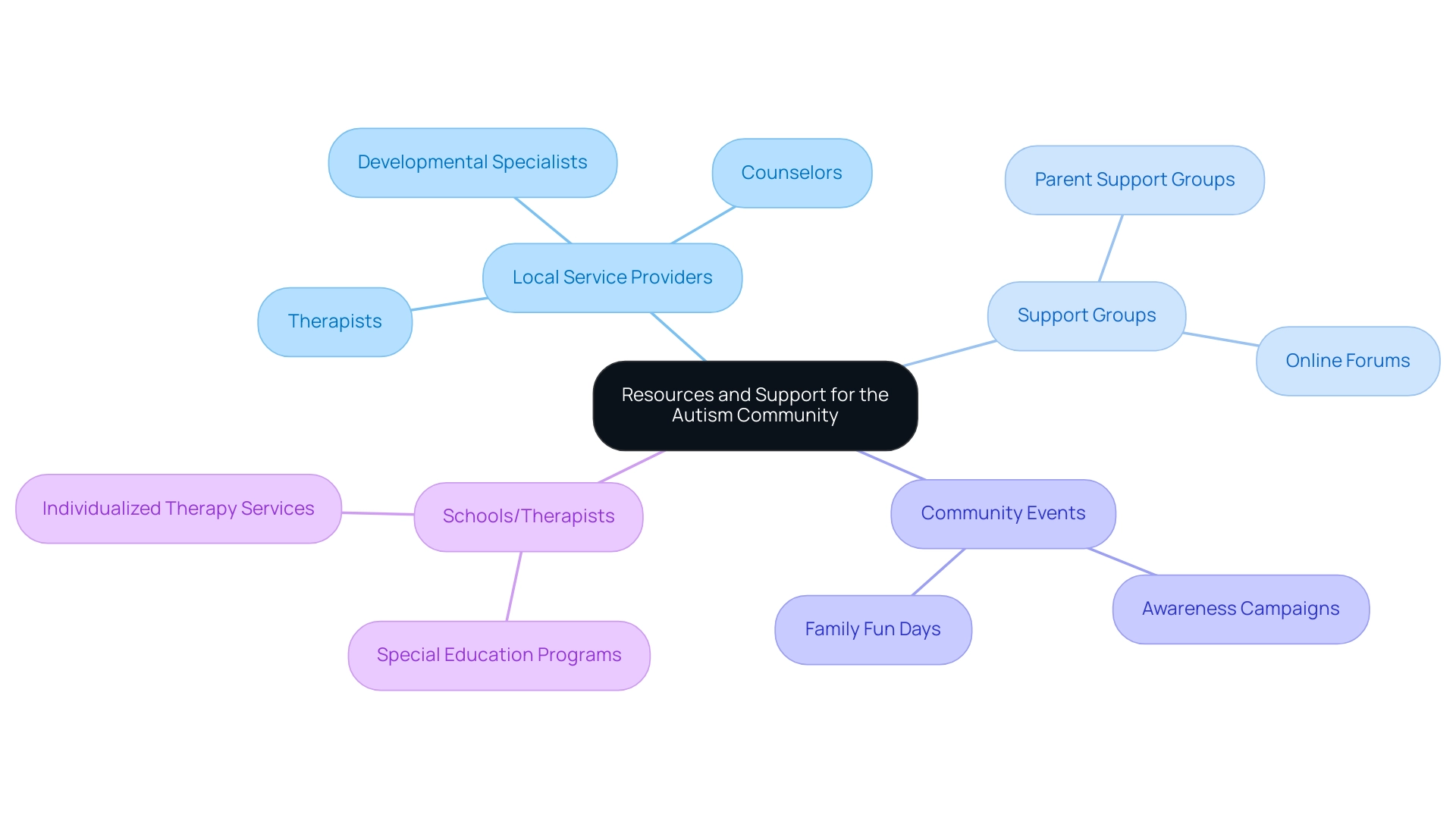
The Role of Advocacy in Supporting Individuals with Autism
Advocacy involves raising awareness about the condition and pushing for necessary changes in society. Families can engage in advocacy by:
- Participating in local and national campaigns
- Attending town hall meetings
- Connecting with other advocates
It’s important to communicate the needs and rights of people with autism to policymakers and community leaders. By sharing personal stories, families can highlight the importance of inclusive practices and better support systems.
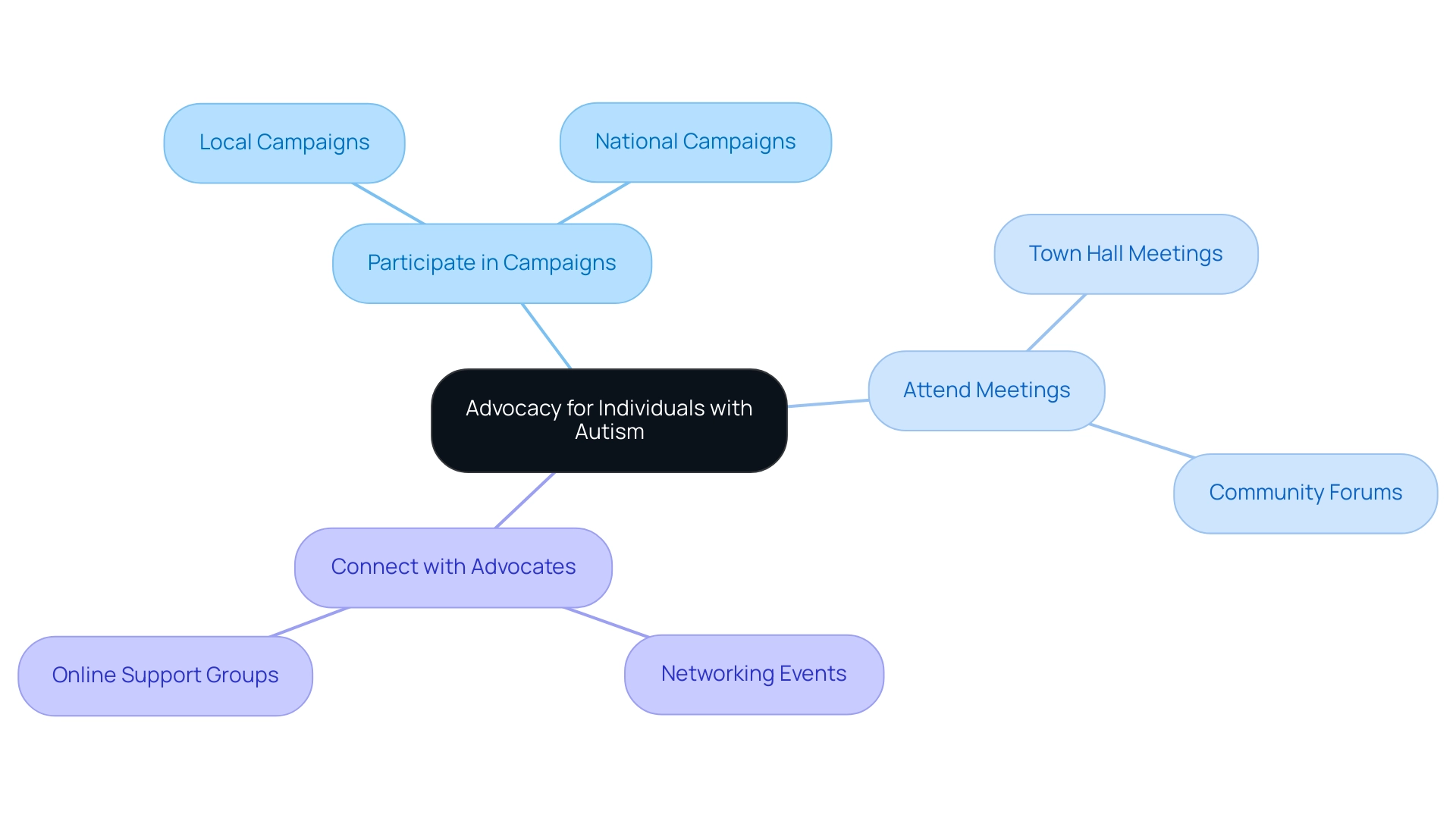
Promoting Inclusion: The Benefits of Hiring Autistic Individuals
Employing autistic people benefits businesses by introducing diverse perspectives and skills to the team. Many autistic individuals possess exceptional focus, attention to detail, and unique problem-solving abilities. Companies that prioritize inclusion foster a more diverse work environment, which can lead to increased innovation and employee satisfaction. Advocates can encourage businesses to recognize these strengths and consider creating supportive hiring practices that welcome autistic talent.
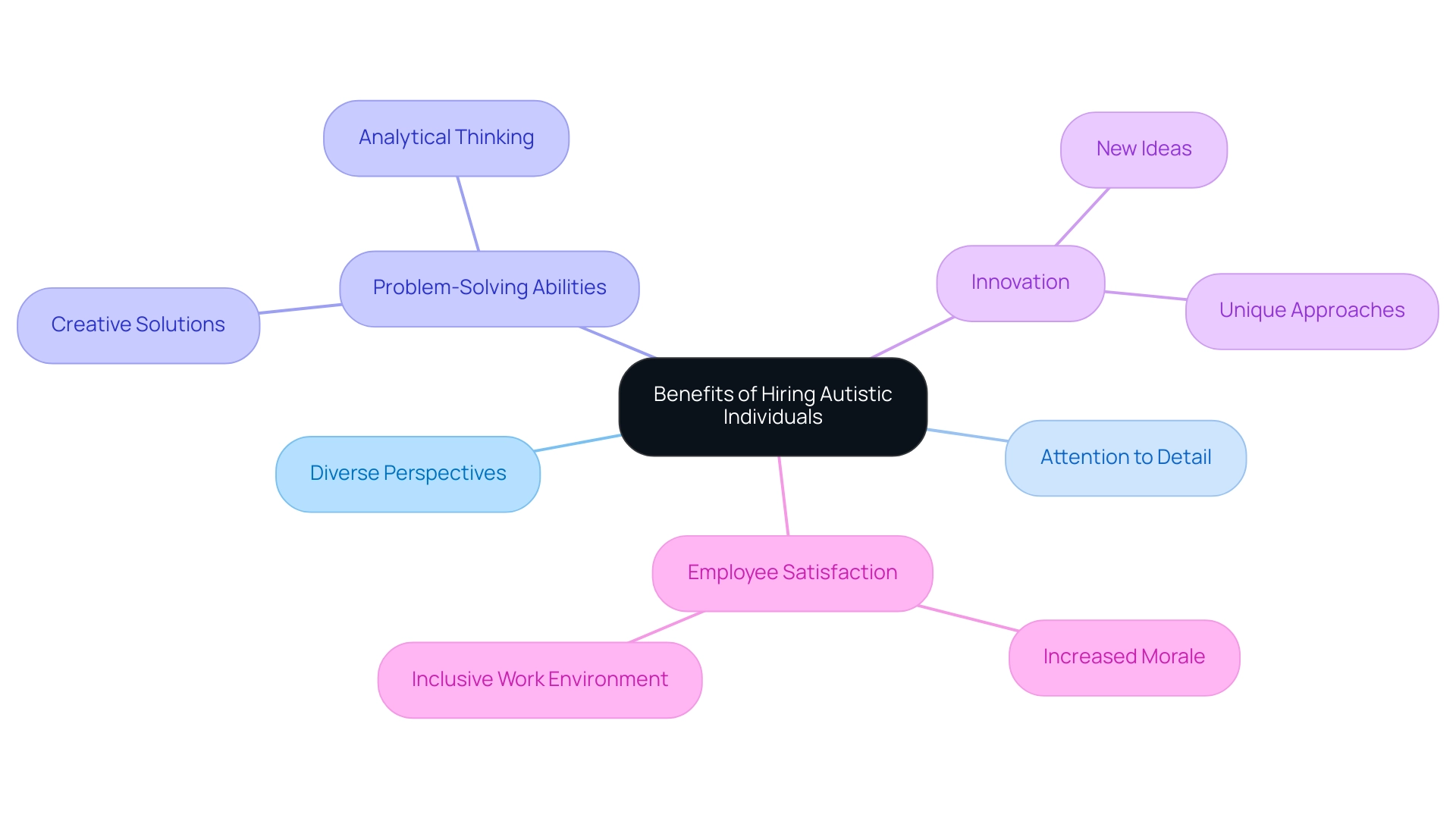
Conclusion
Autism Spectrum Disorder (ASD) encompasses a diverse range of abilities and challenges, emphasizing the need for a nuanced understanding of the condition. Recognizing the signs early and seeking timely intervention can significantly enhance outcomes, making it imperative for families to be proactive in accessing resources and support. The journey through ASD is not one that families must navigate alone; there are numerous services and communities ready to lend a helping hand.
Advocacy plays a crucial role in shaping a more inclusive society for individuals with autism. By raising awareness and communicating the needs of those on the spectrum, families can drive meaningful change within their communities. Sharing personal experiences and engaging with local and national initiatives can amplify voices and foster understanding among policymakers and the public.
Moreover, promoting inclusion in the workplace not only supports autistic individuals but also enriches organizations with diverse perspectives. Encouraging businesses to recognize the strengths of autistic talent leads to innovation and a more satisfied workforce. As awareness and advocacy efforts continue to grow, so too does the potential for a society where every individual, regardless of their challenges, is valued and empowered to thrive.
Ultimately, by equipping families with knowledge and fostering community connections, a brighter future can be built for individuals on the autism spectrum.




